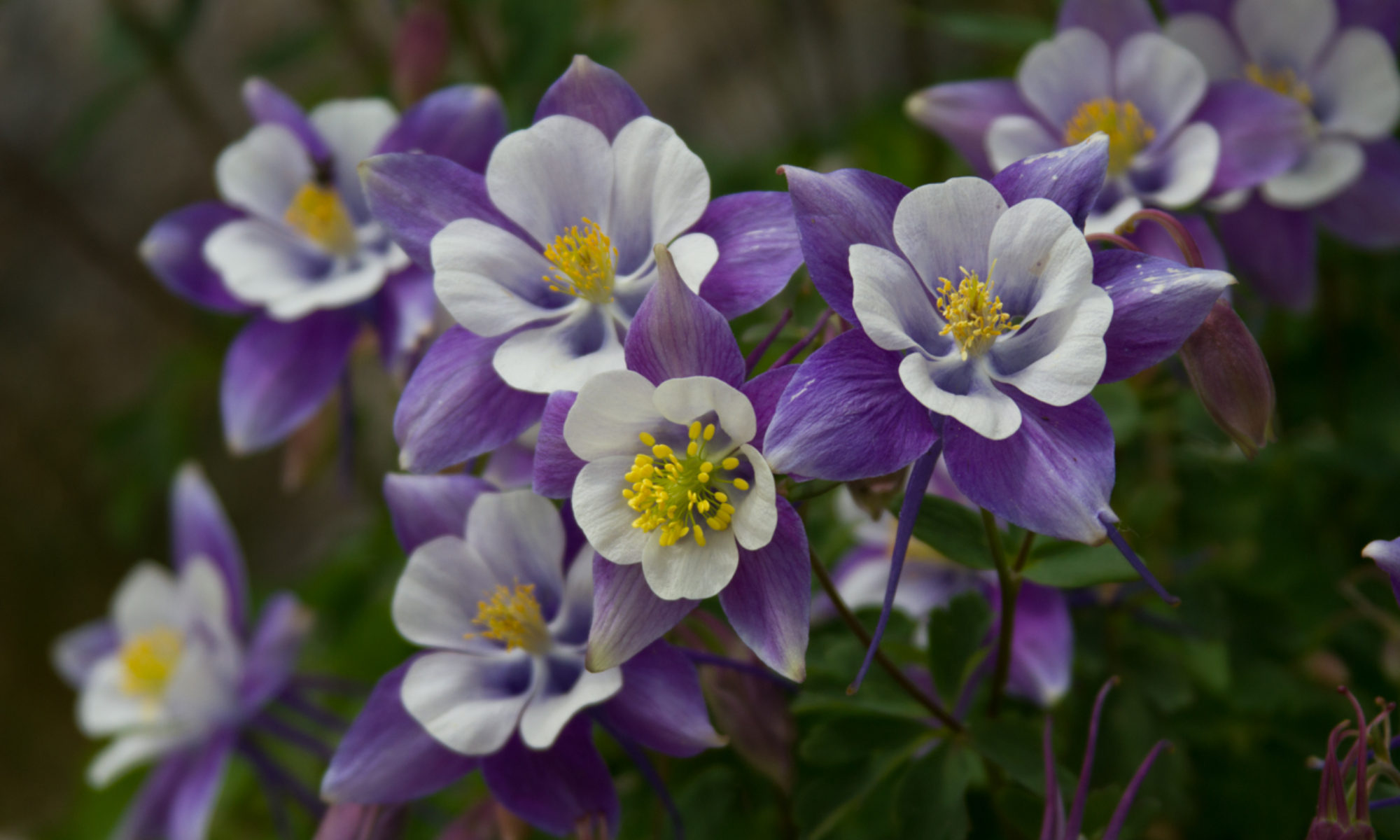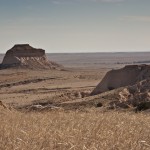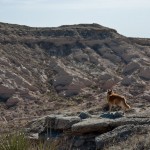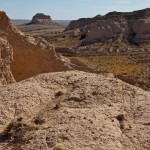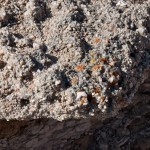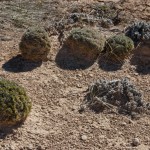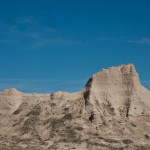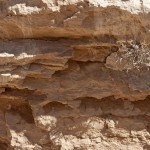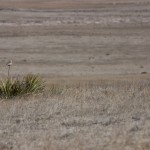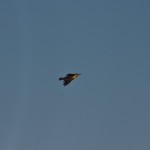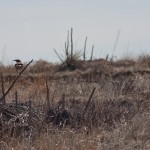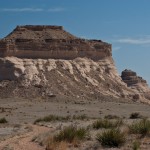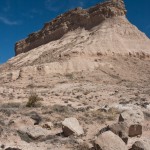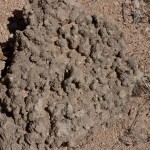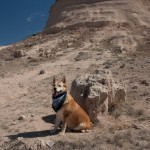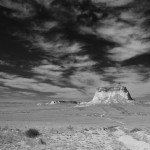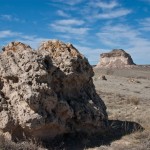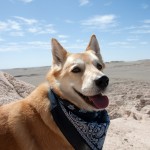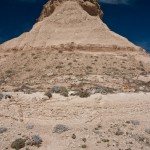I seem to be obsessed with places named “Pawnee…” Unlike the pass that bears the same name, the Pawnee Buttes are out on the plains of northern Colorado contained within the Pawnee National Grassland. Now just let me say that I am more accustomed to the mountains and photographing the landscapes there, so coming out to a “National Grassland” is something new for me, as well, I had to adapt my photography to suit. I tried to incorporate the ENORMOUS sky in many of the shots to try to encompass the immense feeling of openness that the plains offer.
For wildlife, I didn’t see very much while there. Eagles, hawks and falcons nest on the escarpment to the south of the west butte, but none were in the air, and the area was closed to foot traffic. The meadow larks were quite busy singing and flitting about though, and got a couple clicks on them when they would allow it. My need for a longer reaching lens was made evident, since I could not get within about 60 or 70 yards of any of them.
As far as geology goes (those of you that bore easily might as well go on to the photos), the buttes themselves are made up of soft clays and shale of the Brule Formation, somewhat protected from erosion by the harder sandstone and conglomerate of the Arikaree Formation. Conglomerates and sandstone differ in consistency only by the size of the sediments they contain. Conglomerates tend to have the look and feel of a rough concrete, holding small rounded pebbles and cobbles ranging in size from 1/16th of an inch up to 3 inches in diameter. Sandstones are just what they sound like; sand and clay compacted and hardened (process called lithification), ancient sediments that were laid down when the whole area was an inland ocean. Fossils are commonly found in the clay and shale underlying these harder materials. Miocene and Oligocene fossils of horses, camels, birds and tapirs have been found in the area.
I enjoyed the trip, I hope you do too!
